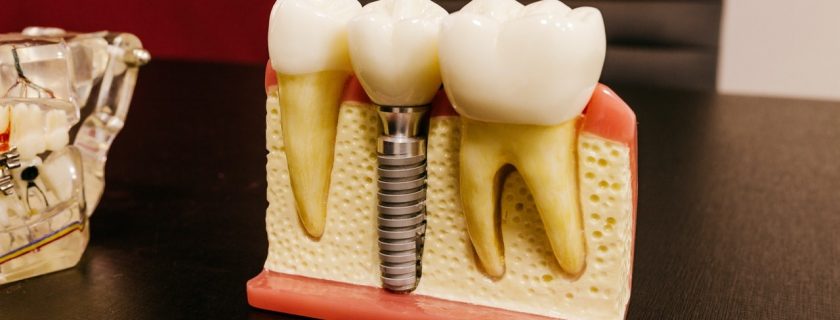Unsuitable for traditional dental implants? A brief guide to subperiosteal options

It can be a disheartening experience to attend a dental consultation exploring oral implants, only to be told that you do not fit the criteria to have the traditional implant (endosteal) fitted.
While traditional implants are suited to most people, there is a set of criteria which may render them unsuitable for you; it could be that you do not have enough jaw bone to support the implants, or maybe your jaw bone has been damaged and may not be able to handle the surgical side of having implants attached.
Whatever the reason, do not despair! In modern dentistry, there are many alternatives which you can seek. No, not dentures or bridges, but different types of dental implants in Melbourne. The 3 most commonly used alternative implants include the subperiosteal, the zygomatic and the mini (or micro) implant.
In this article, you will be introduced to the subperiosteal implant; why it is used, how it is fitted and who it is designed to help.
What is a subperiosteal implant?
In short, subperiosteal dental implants near Melbourne physically resemble a metal framework.
Placed over the jaw bone but underneath the gum line, this framework allows 2 metal posts to protrude above the gum line, which is where your dentist will attach the prosthetic.
Fitted by peeling back your gum, this implant offers a superior attachment of your false tooth or teeth over other implant types, if you have a receded or damaged jaw bone.

The positioning
As suggested earlier, subperiosteal dental implants from Melbourne do not penetrate the jaw bone itself, they sit on top of it and are held in place by your gums.
While this may all sound rather uncomfortable, it is actually a very easy process for a trained dentist to perform.
Faster than regular implants?
When it comes to the fitting of endosteal, zygomatic or even micro-implants, your dentist will need to allow time for the implant to fuse with the jaw bone. As this process can take up to and over 6 months, many patients become frustrated with how long they have to wait before they are fitted with their final prosthetic teeth.
As subperiosteal implants sit on top of the gum, your oral surgeon will only need to make incisions into the soft tissue, bypassing the entire fusing of the implant to the bone.
Comfort levels
As mentioned previously, as the fitting of zygomatic implants only requires your dentist to cut into your gum, the entire fitting process is more comfortable.
In the dental chair, you will need less numbing anaesthetic and once the procedure is finished, you will be able to go about your daily regime as normal, without relying on strong and sedative pain relief. Great stuff!
Longevity
When compared to endosteal or zygomatic implants, subperiosteal implants are equal in their longevity.
Provided that you follow the correct dental regime and take care of your oral hygiene, your newly fitted implants should last you up to or over 20 years! Now that’s something worth smiling about!
DISCLAIMER
Any surgical or invasive procedure carries risks. Before proceeding you should seek a second opinion from an appropriately qualified health practitioner.

